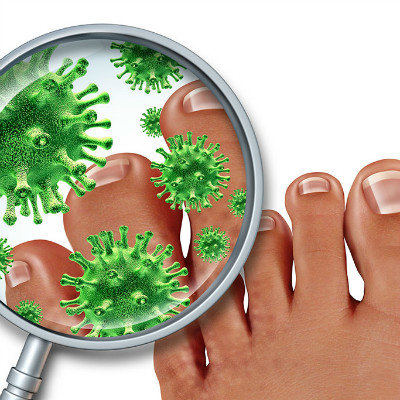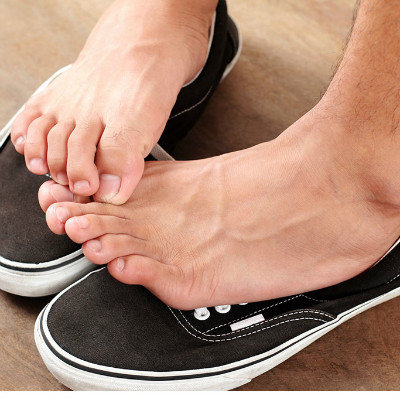Symptoms of paronychia
summary
We all cherish our body, but in our life, we will always encounter different diseases, such as paronychia. The emergence of paronychia has brought a lot of trouble to people's life. Understanding the symptoms of paronychia helps us take timely measures. Now talk about the symptoms of paronychia
Symptoms of paronychia
At the beginning, one side of the nail groove has swelling and pain, which can be suppurated and infected in a short time. It can spread to the root of the nail and the opposite side of the nail groove, forming perinail inflammation, and can also spread to the subnail to form a subnail abscess.

At this time, the pain intensifies and the swelling is obvious. Yellow and white pus can be seen under the nail to float the nail. If it is not handled in time, it can develop into purulent phalangeitis and even cause phalangeal osteomyelitis. It can also become chronic paronychia, persistent paronychia or subungual abscess. Because of the superficial infection, the systemic symptoms are often not obvious.

If the initial paronychia is not treated in time, it may cause osteomyelitis of the distal phalanx of the fingers, and some may turn into chronic paronychia with frequent pain. There is a small abscess sinus on the edge of the nail and beside the paronychia. There is granulation tissue protruding outwards and pus secretion. It is easy to scratch and bleed. Part of the nail is damaged, and the nail is deformed and shrunk. There are longitudinal ridges or transverse grooves on the nail, and pus sneaking under the nail, In severe cases, the nail can be completely loose and fall off.

matters needing attention
Early use of hot compress, physical therapy, external application and other measures, the application of iodine amine drugs or antibiotics. If there is pus, longitudinal incision and drainage can be made at the nail groove. When the infection has affected the subcutaneous area around the base of the nail, longitudinal incisions can be made on both sides of the nail groove to turn up the epithelial piece of the nail root, remove the nail root, and place a small piece of Vaseline gauze or latex film for drainage. If there is pus under the nail bed, the nail should be pulled out, or the nail on the pus cavity should be cut off. When pulling out the nail, attention should be paid to avoid damaging the nail bed, so as to avoid the deformity of the new nail in the future.













